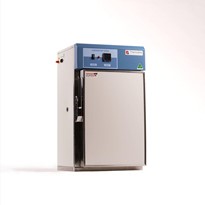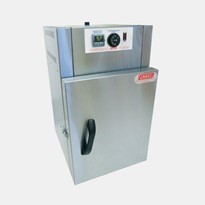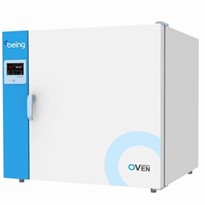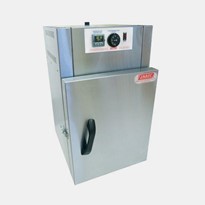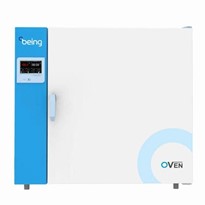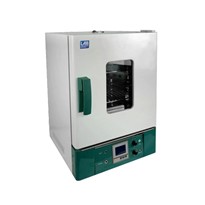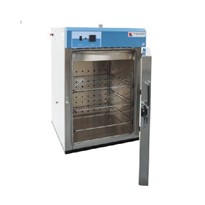The following comparison relates to heat-only incubators, as refrigerated incubators require a fan-forced system. Another limitation of being able to use a gravity incubator is the size of the interior of the cabinet. The maximum size that Thermoline uses in our range of Bench Top Incubators is 280 litres, with our Premium Incubator range (360 litre and above) all fan forced.
Fan-Forced Incubators:
- In fan-forced incubators, there is a fan or blower system that circulates the air inside the incubator to maintain a consistent and uniform temperature throughout the chamber.
- The forced air circulation helps distribute heat evenly, ensuring that all parts of the incubator experience the same temperature. This prevents hotspots or cold spots within the incubator, which is crucial for uniform, consistent growth of cultures in laboratory applications.
- Fan-forced incubators usually have better temperature control and faster temperature recovery after opening the door, making them more suitable for applications where temperature stability is critical.
- Fan-forced incubators can have one drawback: the air's movement can cause problems. Samples can dry out, or in some instances, the air movement can cause particles to be blown around the inside of the incubator.
- Although unlikely, a potential drawback of the fan-forced incubator is a malfunctioning fan, rendering it unsuitable for use. This is because most fan-forced incubators rely on the fan blowing air over the heating element and distributing it evenly throughout the interior. If the fan isn't running, the element will overheat and trigger the safety switch.
Gravity Incubators:
- Gravity incubators rely on natural convection for heat distribution. There is no fan or blower system, and the heat rises from the heating element at the bottom of the incubator.
- Since gravity is the primary driving force for air movement, the heat distribution may not be as uniform as in fan-forced incubators. This can lead to slight temperature variations within the incubator.
- Gravity incubators are generally simpler in design and quieter since they don't have a fan running constantly.
- They might be more suitable for applications where absolute temperature precision is not as crucial or where a gentle and stable environment is required, such as some specific cell culture work.
Thermoline Bench Top Incubators
- Using our unique Thermo-Wall heating Thermoline can offer an incubator that gives the best of both worlds and can switch from fan-forced or gravity modes at the flick of a switch.
- The heat coming from the walls means that in gravity (natural convection) mode, you will get better temperature uniformity and quicker heat-up time (and stabilisation) than with having a heating element only in the bottom of the incubator.
- One incubator can fulfill both roles saving money.
- The Thermoline Benchtop incubator is manufactured in sizes ranging from 20 litres up to 280 Litres. As they are fully designed and manufactured by Thermoline in Sydney, allow for custom builds and ease of obtaining spare parts.
In summary, the main difference between fan-forced and gravity incubators lies in the method of air circulation and heat distribution. Fan-forced incubators provide more precise and uniform temperature control, making them suitable for applications where consistent temperature conditions are crucial. On the other hand, gravity incubators are simpler and may be more appropriate for applications where the slight temperature variation is acceptable or for creating a gentle and stable environment. The choice between the two depends on the user's specific needs and the incubator's intended use, particularly in terms of the samples themselves. The Thermoline Benchtop incubator gives a third option that allows one incubator to be both fan-forced and gravity.


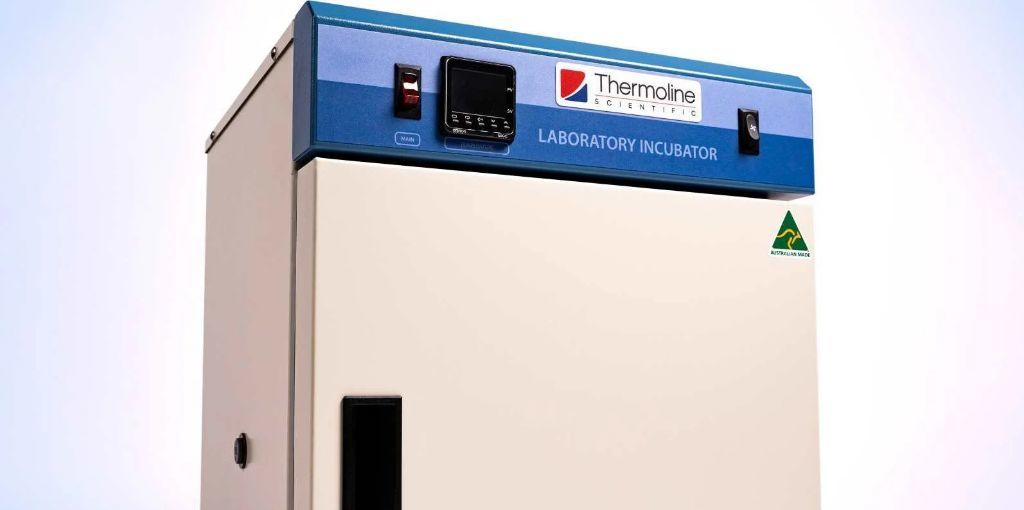



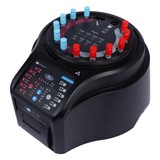
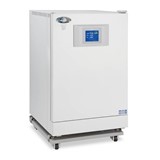
-160x160-state_article-rel-cat.png)



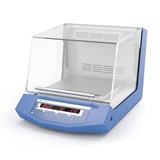
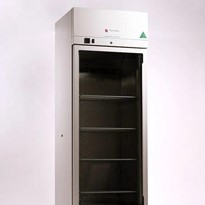
-1-205x205.jpg)
